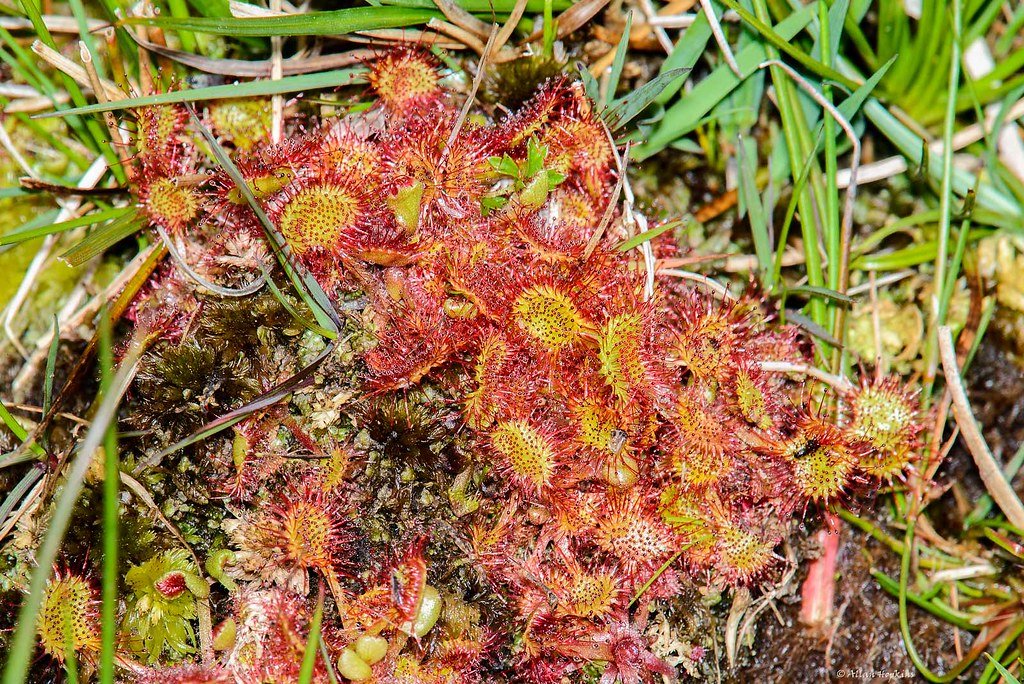Imagine wandering through the lush English countryside, where vibrant meadows once teemed with wildflowers and the air buzzed with the hum of bees. Once, these landscapes were a living tapestry, woven with medicinal herbs tended by monks and rare blossoms found nowhere else on earth. Yet, over centuries, many of these native plants faded from view—lost to changing agriculture, urban growth, and shifting traditions. Today, a bold and passionate movement is underway to bring them back, rekindling a relationship with the land that is as old as England itself. The story of reviving England’s endemic plants is not just about saving flowers—it’s about reclaiming a lost heritage and embracing hope for the future of our natural world.
The Ancient Wisdom of Monastery Gardens
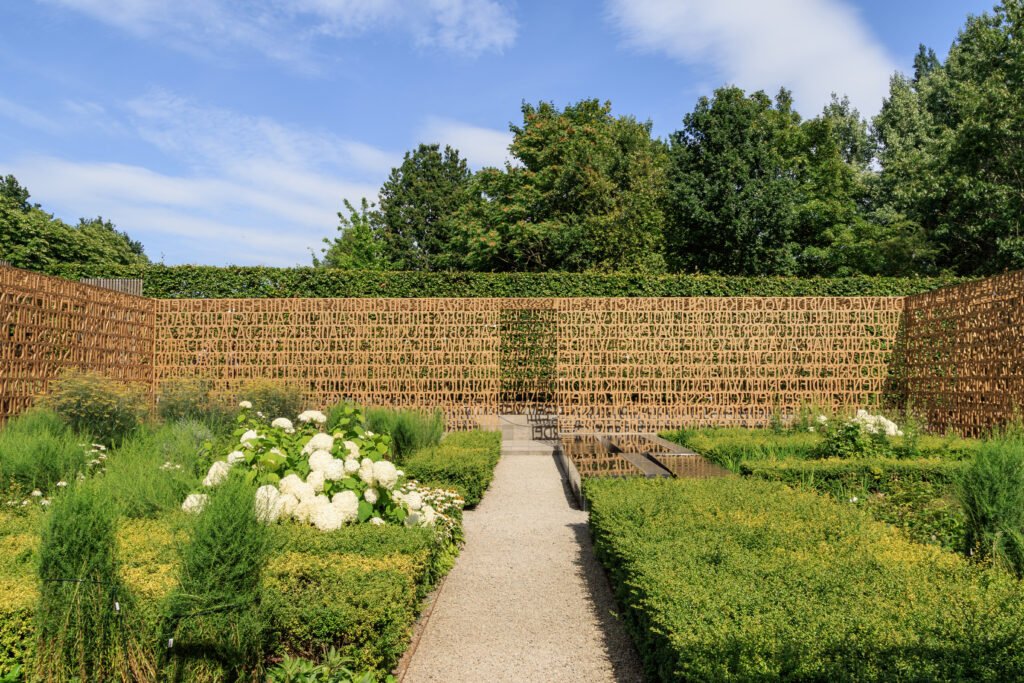
Centuries ago, English monasteries were the heart of botanical knowledge and healing. Monks cultivated intricate herb gardens, brimming with plants like feverfew, meadowsweet, and betony. These gardens served both practical and spiritual purposes—herbs were used to treat ailments, flavor food, and even ward off evil spirits. The monks’ careful records and cultivation methods preserved local plant varieties for generations. Their gardens became living libraries, where each plant was valued not just for its beauty, but for its power to heal and sustain. Even today, echoes of their work can be found in the wild remnants of cloister gardens and the country’s oldest apothecaries.
The Disappearance of England’s Wildflowers
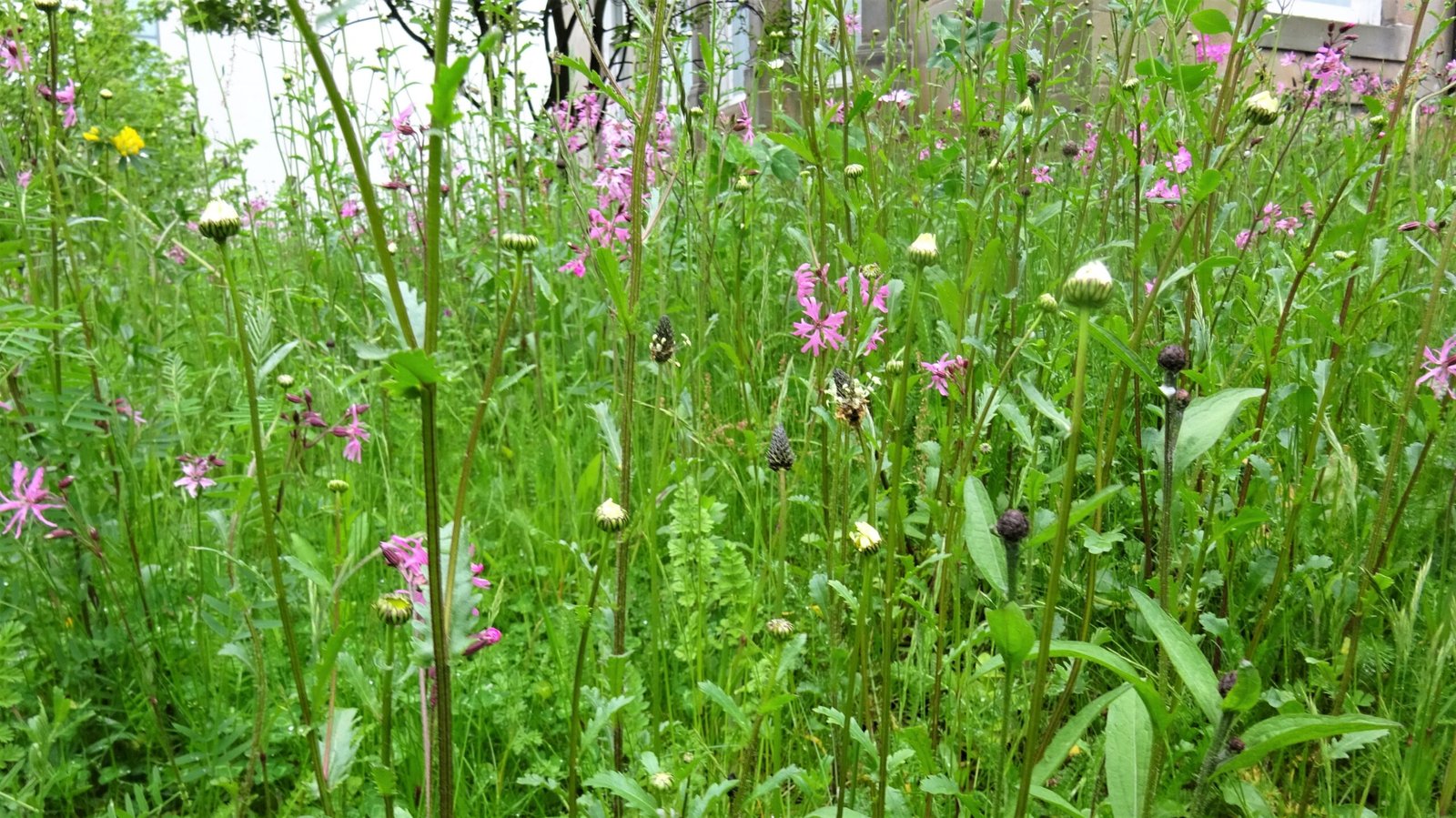
England’s wildflower meadows once stretched as far as the eye could see, but dramatic changes swept the landscape. Industrial agriculture, with its focus on high-yield crops, squeezed out native species. Urban sprawl paved over meadows and hedgerows, while chemical herbicides and fertilizers created hostile conditions for delicate endemic plants. By the end of the twentieth century, over 97% of original wildflower meadows had vanished. This loss wasn’t just about aesthetics; it meant a dramatic decline in pollinators, insects, and the birds that depended on these habitats. The countryside grew quieter, less colorful, and heartbreakingly empty.
What Makes a Plant Endemic?
An endemic plant is one that grows naturally in a particular place and nowhere else on earth. England boasts a surprising number of these botanical treasures, shaped by its unique climate and geology. Examples include the rare lady’s slipper orchid and the delicate Plymouth pear. Endemic plants are like living relics, telling the story of a landscape’s ancient past. They have adapted to local soils, weather, and wildlife over centuries or even millennia. Losing them is like tearing out pages from a book that can never be rewritten. Protecting them preserves not only biodiversity, but also a sense of national identity and heritage.
The Science of Restoration Ecology
Restoring native plants isn’t as simple as scattering seeds and waiting for magic. Scientists and conservationists use restoration ecology, a discipline blending botany, soil science, and even wildlife biology. They study historical records to understand which species once thrived in a location. Soil samples reveal what conditions are needed for plants to survive. Sometimes, seeds are collected from the last wild populations and carefully germinated in nurseries before being reintroduced. This process requires patience, experimentation, and a deep respect for the rhythms of nature. Success is measured not just by plant survival, but by the return of insects, birds, and a functioning ecosystem.
From Farmland to Flower Meadows
One of the most inspiring trends in England today is the conversion of former farmland back to wildflower meadows. Landowners, charities, and volunteers work together to remove aggressive grasses, restore traditional grazing, and sow native seeds. These efforts are transforming sterile fields into vibrant havens for pollinators. The sight of poppies, cornflowers, and oxeye daisies blooming once more fills communities with pride and joy. Even small patches—such as roadside verges or schoolyards—can become miniature sanctuaries, linking together to form wildlife corridors across the countryside.
The Role of Seed Banks and Botanic Gardens

Seed banks and botanic gardens have become vital allies in the fight to revive endemic plants. Institutions like Kew Gardens carefully store seeds from endangered species, safeguarding them against extinction. These facilities act as modern-day arks, preserving genetic diversity for future generations. When a plant disappears from the wild, seed banks can provide a lifeline for reintroduction. Botanic gardens also serve as education centers, inspiring visitors to appreciate the beauty and importance of native species. These institutions bridge the gap between science and the public, making conservation a shared mission.
Community Action: The Heart of Revival
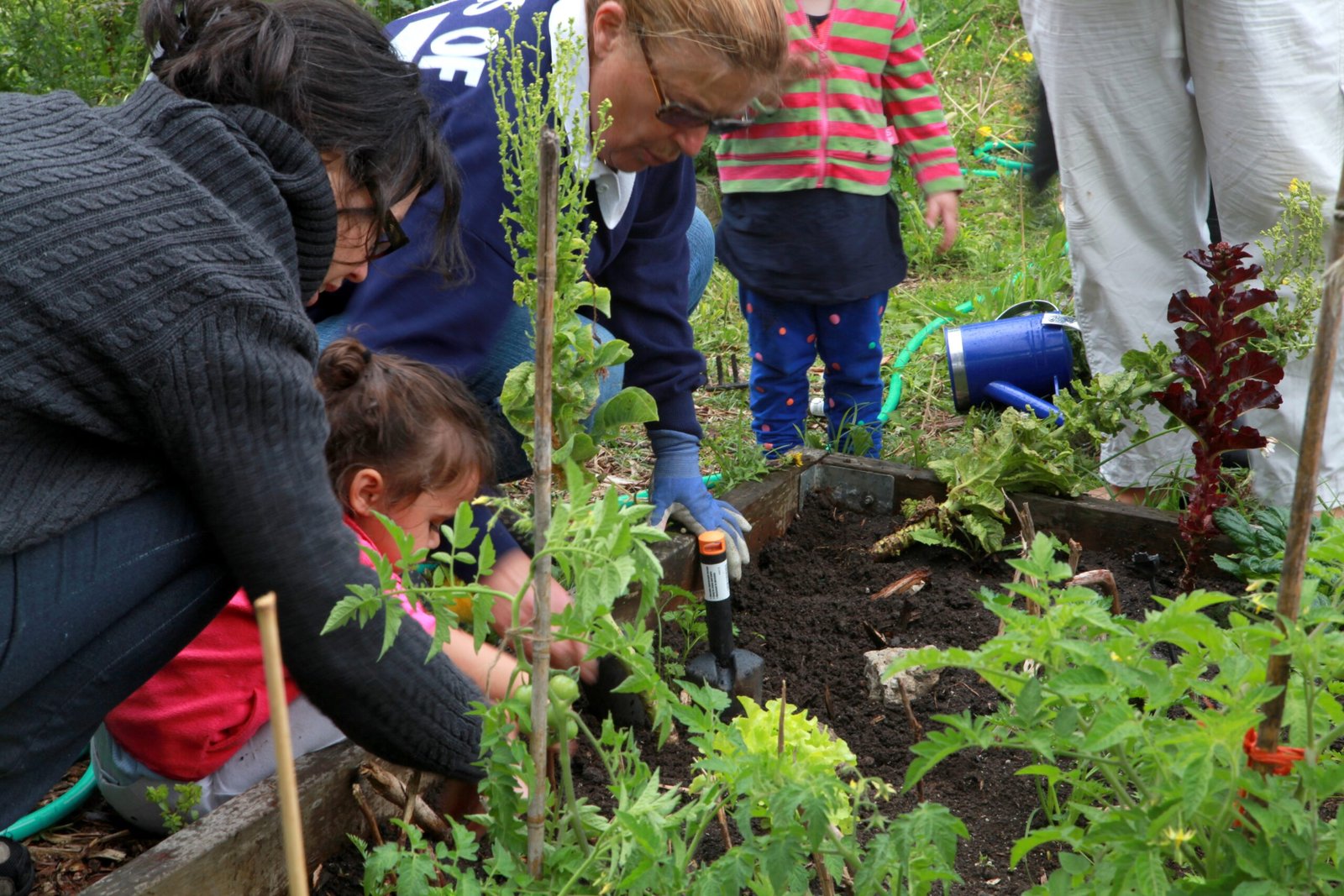
Reviving England’s endemic plants is not the work of scientists and institutions alone—it’s a grassroots movement fueled by passionate individuals and communities. Local groups organize wildflower planting days, create wildlife-friendly gardens, and campaign for changes in local policy. Children learn to identify native species and collect seeds, reconnecting with traditions long forgotten. These collective efforts empower people to take ownership of their local environments. The sense of achievement when a rare orchid blooms or a meadow bursts into color is truly infectious, sparking hope and pride across generations.
The Return of Pollinators and Wildlife
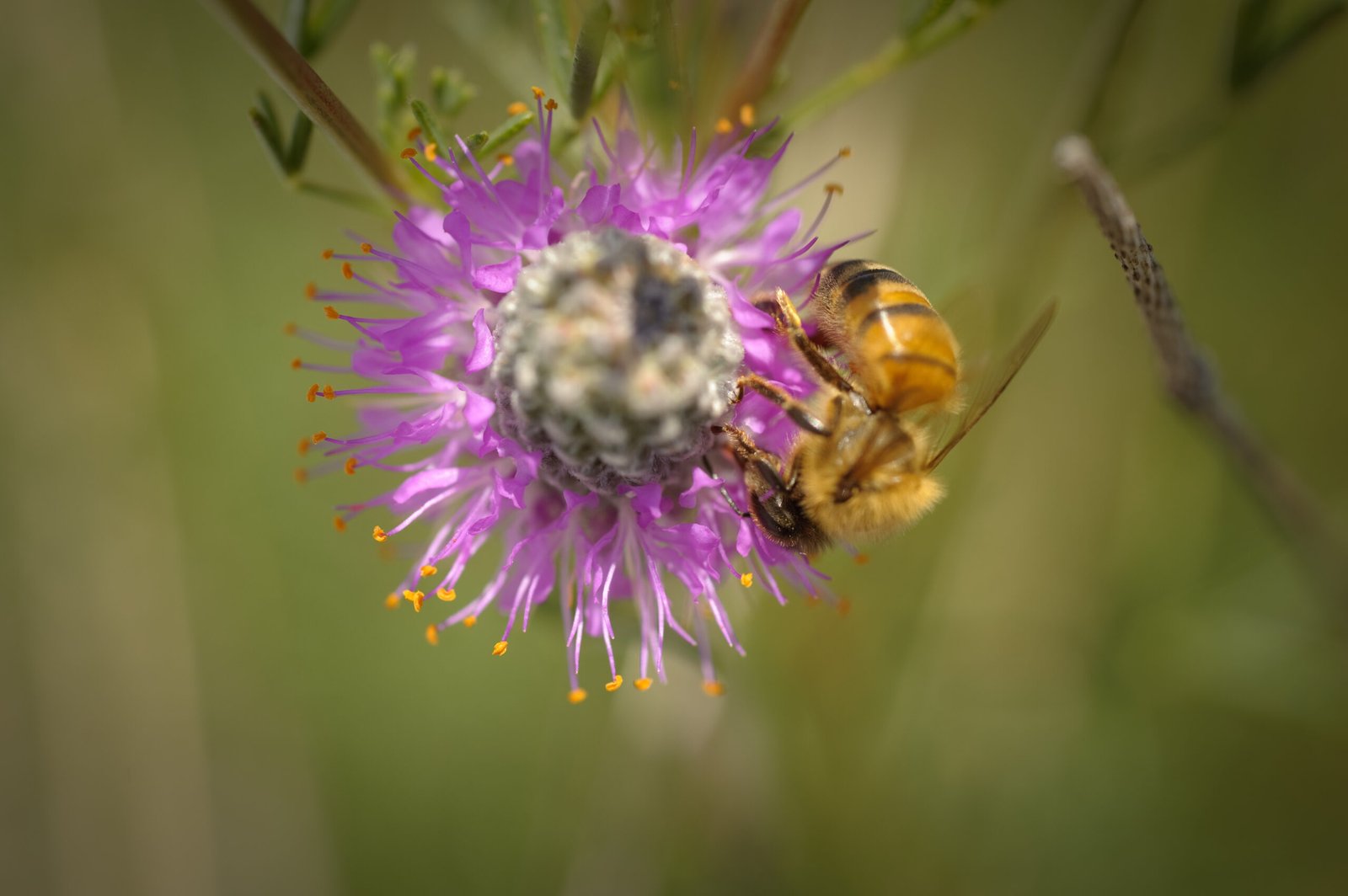
As native plants return, so too do the creatures that depend on them. Bees, butterflies, and hoverflies flock to wildflower-rich areas, bringing life and movement to meadows. Rare birds such as the skylark and yellowhammer find food and nesting places among the grasses. Even small mammals and reptiles benefit from the renewed habitats. The resurgence of these species is a clear sign that restoration works. Nature responds quickly when given a chance, rewarding human effort with an explosion of biodiversity and vitality.
Medicinal and Culinary Rediscoveries
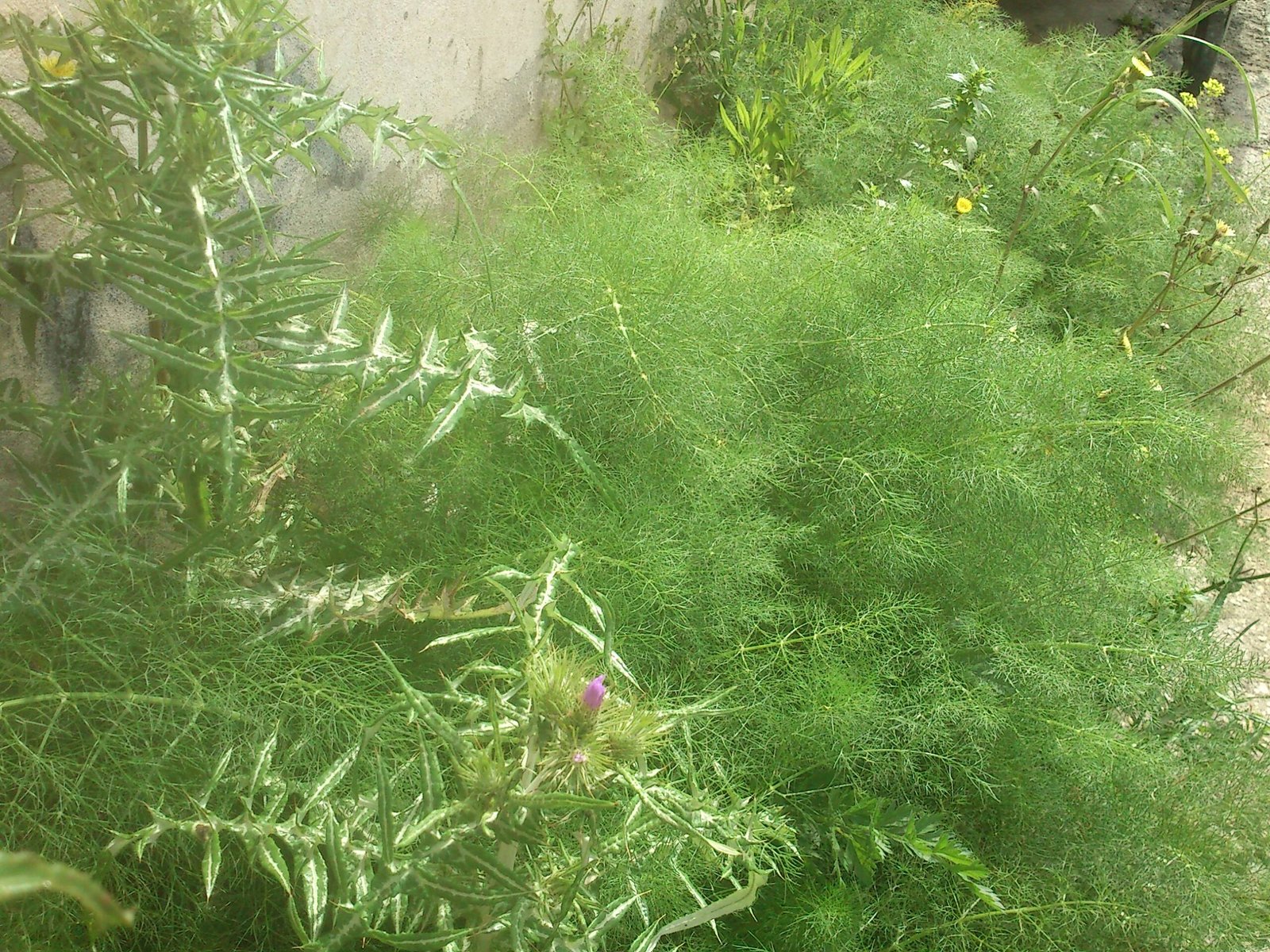
Many of England’s endemic plants were once prized for their healing and culinary properties. Herbs like self-heal, yarrow, and wild thyme are experiencing a renaissance as people seek natural remedies and flavors. Chefs incorporate wild ingredients into gourmet dishes, while herbalists rediscover ancient recipes. This fusion of tradition and innovation brings new economic opportunities for rural communities. It also deepens our connection to the land, inviting us to see wild plants not as weeds, but as precious resources.
Climate Change and the Future of Endemic Plants

Climate change presents new challenges for the survival of England’s endemic plants. Rising temperatures, unpredictable rainfall, and invasive species threaten delicate balances. Scientists are exploring ways to help plants adapt, such as moving populations to cooler microclimates or breeding for resilience. These efforts require flexibility and foresight, as well as public support. While the future is uncertain, the determination to protect these plants reflects a deep commitment to safeguarding England’s natural legacy.
Every Meadow Matters: How You Can Help
You don’t need acres of land to make a difference. Planting a wildflower patch in your garden, avoiding pesticides, or joining local conservation groups can have a real impact. Supporting wildflower seed initiatives or visiting restored meadows helps spread awareness. Even simply learning to recognize and appreciate native plants is a step toward their protection. Every action, no matter how small, adds up—helping to stitch together a living tapestry across the country.
The revival of England’s endemic plants is more than a conservation effort—it’s a celebration of resilience, tradition, and hope. Each flower that blooms anew is a testament to the enduring bond between people and the land. Will you be part of this blooming story?



